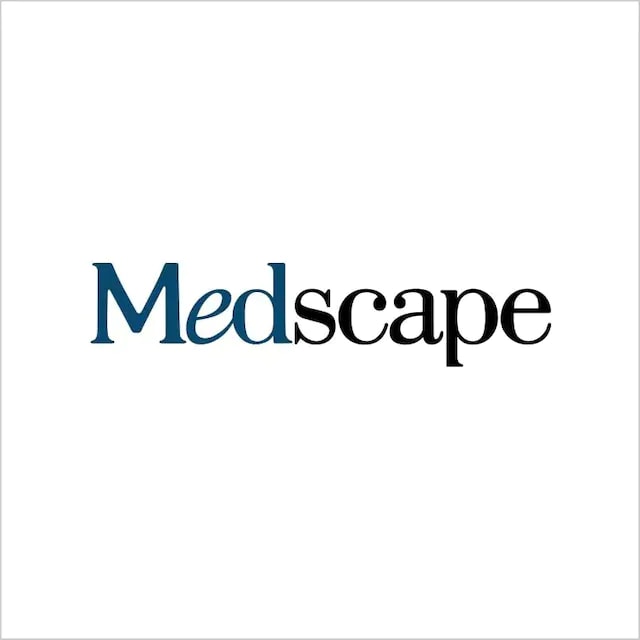[ad_1]
TOPLINE:
Nearly three fourths of infants born during the 2023-2024 respiratory syncytial virus (RSV) season received protection with either nirsevimab or exposure to maternal RSVpreF, with maternal RSVpreF exposure being higher among infants of older mothers, while nirsevimab was predominantly administered to infants of younger mothers.
METHODOLOGY:
- In 2023, two new measures to protect infants against RSV were available — RSVpreF vaccine for pregnant people at 32-36 weeks of gestation and nirsevimab for infants younger than 8 months.
- This cohort study used electronic medical record data of 17,251 infants (51.4% boys) born to mothers aged 15-49 years (mean maternal age, 31.2 years) at a healthcare organization between October 17, 2023, and March 31, 2024.
- The percentage of infants who received nirsevimab, those whose mothers received the RSVpreF vaccine, infants exposed to both, and those who were exposed to neither was calculated.
TAKEAWAY:
- Overall, 77.5% of infants received the RSVpreF vaccine and/or nirsevimab, 33.9% were exposed to only the maternal RSVpreF vaccine, 40.9% received only nirsevimab, 2.7% were exposed to both, and 22.5% were exposed to neither.
- Most infants (74.5%) born between October 2023 and November 2023 received nirsevimab, while more than half of infants (52.3%) born between January 2024 and March 2024 were exposed to maternal RSVpreF.
- Infants born to older mothers (35 years or older) were more likely to receive only RSVpreF (37.9%), while those born to younger mothers (25 years or younger) were more likely to receive only nirsevimab (44.2%).
- Infants of Asian mothers received the highest RSV protection (86.7%), while those of Black mothers received the lowest RSV protection (70.2%).
IN PRACTICE:
“Infants of younger mothers and Black mothers — historically undervaccinated groups — had lower overall RSV protection coverage, seemingly driven by discrepancies in maternal RSVpreF vaccination more than infant nirsevimab,” wrote the authors.
SOURCE:
This study was led by Karen B. Jacobson, MD, MPH, Vaccine Study Center, Division of Research, Kaiser Permanente Northern California, Oakland, California. It was published online on January 8, 2025, in JAMA Network Open.
LIMITATIONS:
This study focused on an insured population, which may limit its generalizability.
DISCLOSURES:
This study was supported by grants from the Division of Research at Kaiser Permanente Northern California. Authors disclosed receiving grants from various pharmaceutical companies outside the submitted work.
This article work was created using several editorial tools, including AI, as part of the process. Human editors reviewed this content before publication.
[ad_2]
Source link : https://www.medscape.com/viewarticle/shield-against-respiratory-syncytial-virus-high-uptake-2025a10004rz?src=rss
Author :
Publish date : 2025-02-25 05:27:02
Copyright for syndicated content belongs to the linked Source.
